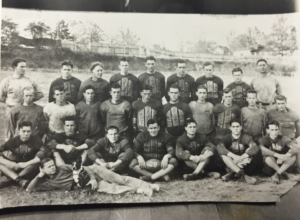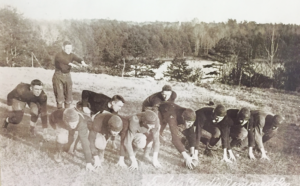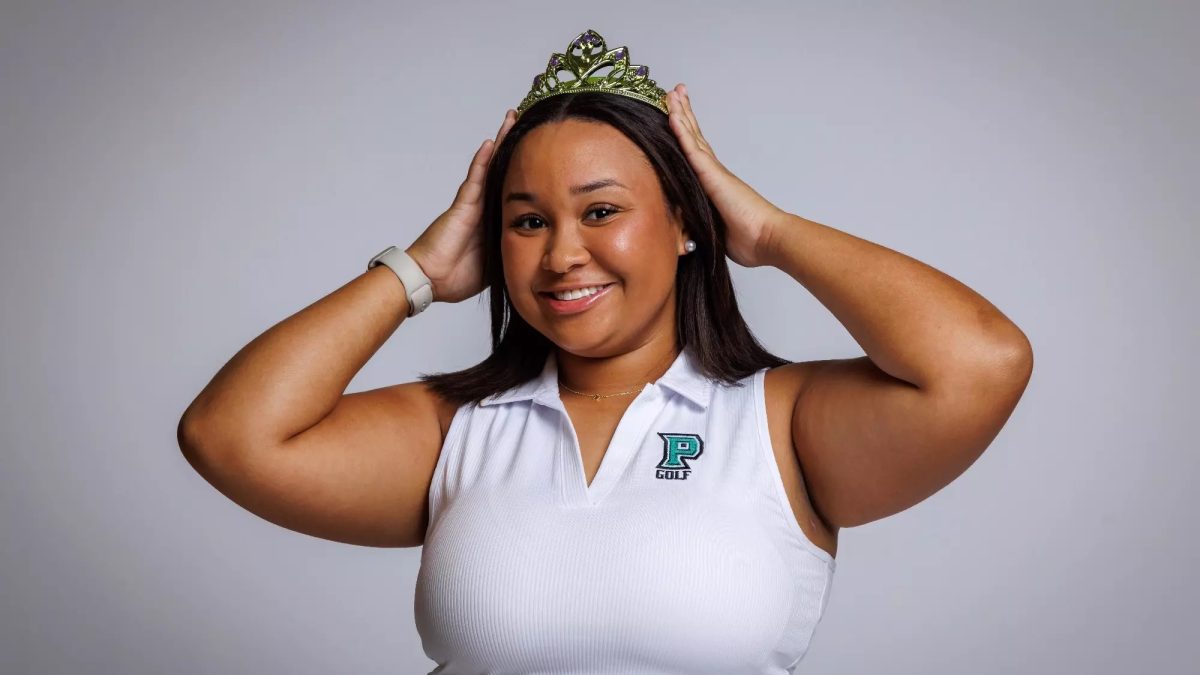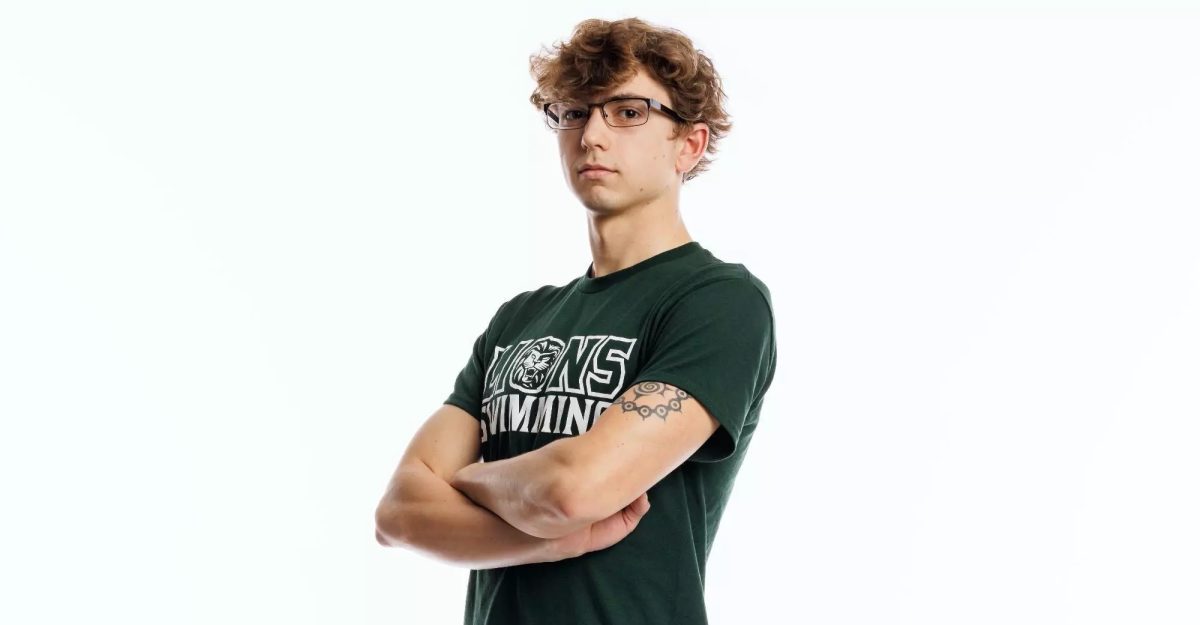LAUREN BARTLETT
Features Editor
 Imagine attending Piedmont as one would today, except there is a 7:30 p.m. curfew, rules against hanging out with the opposite sex and room inspections every morning.
Imagine attending Piedmont as one would today, except there is a 7:30 p.m. curfew, rules against hanging out with the opposite sex and room inspections every morning.
According to piedmont.edu, Piedmont College first opened its doors in 1897. Before it was named Piedmont College, it was named J.S. Green Collegiate Institute.
Originally, Piedmont’s student enrollment consisted of local students from the Habersham area. These days, Piedmont has students from all over the United States and the world.
There is a lot of history about Piedmont that most students and even faculty may not know.
According to “Centennial History of Piedmont College” written by Mary C. Lane, Piedmont, in the early 1900s, had very strict rules for its students.
The male students didn’t have to follow near as many rules as the women. While these rules seem outlandish to students now, it was the way society was during that time. These rules are listed below.
“To have a co-ed school in the twentieth century was rare during that time,” Piedmont College Archivist Craig Amason said. “If you had women and men on campus together, automatically, the assumption was that there was going to be trouble. So naturally, you had to set up strict rules to try and avoid that trouble.”
The book also said that student life mainly centered around activities in the dorms, religious activities, clubs and athletics.
During the years of World War I, there were a lot of changes in the clubs and activities on campus. These changes occurred because society was changing.
When World War II began in 1945, Piedmont’s President at the time, A.R. Van Cleave, had to handle his most stressful five years at Piedmont so far.
The war caused prices to increase, which effected the rationing in the dining hall. However, the post-war years led to an increase in student enrollment with the return of veterans.
During World War II, the athletic department was also affected. The athletic director position was vacant during the latter years of the war, but, soon, a new director was appointed when William Gilkey became the athletic director in 1946.
 In 1916, Piedmont College had a foot-ball team.
In 1916, Piedmont College had a foot-ball team.
They practiced where the Quad is located now. That’s also where the baseball field was at the time. Home plate sat near where the empty Nielson Dining Hall currently sits. The college also had a women’s gym- nastic team in 1906.
Whether students graduated in 1915 or 100 years later in 2015, there is one thing they have in common—Piedmont pride. Whether they stayed here for their whole college education or just one semester, they can all relate to the Piedmont life.
Through all of the changes at Piedmont of rules, tuition, sports teams and buildings, everyone still shares the commonality of being a Piedmont Lion.
Everyday rules for students in the 1900s:
- No student shall be outside the Commons Hall or Library after dark or after 7:25 p.m. without permission.
- Quiet hours were 7:30-10:30 p.m.
- Lights in room could not be left burning for more than 30 minutes at a time.
- Students may not study outside their rooms except with permission.
- Every woman must be ready for room inspection by 9:00 a.m.
- Women were only allowed to walk with men during the time of 2:30 to 3:30 p.m. and had to be chaperoned.
- A female Piedmont student must conduct herself as a lady at all times.







